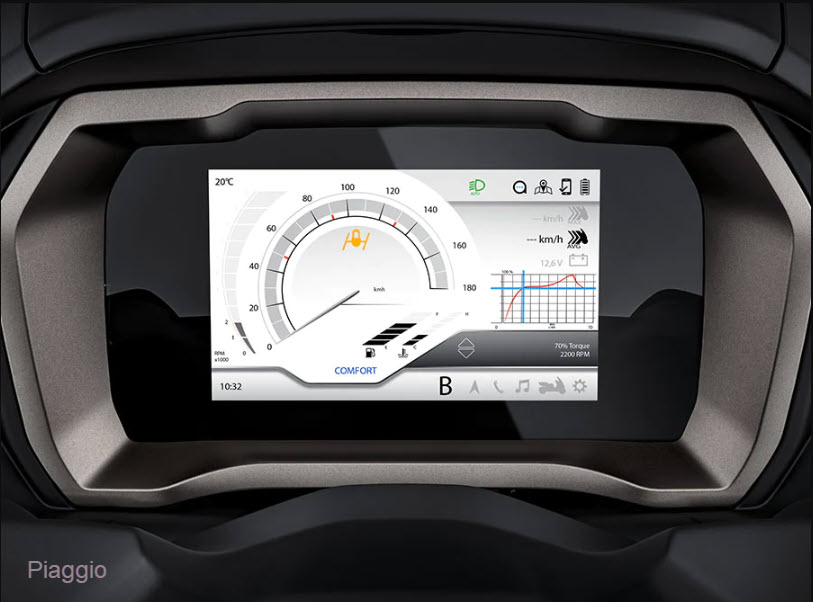Altia is proud to announce a collaboration with Infineon Technologies to provide graphical user interface (GUI) software solutions to IoT developers using Infineon products. Now a member of the ModusToolbox™ & Friends development program, Altia enables increased productivity with innovative, production-ready software for developers using the Infineon PSoC™ 6 family of microcontrollers.
The PSoC™ 6 family is built on an ultra-low-power architecture, including advanced low-power design techniques to extend battery life up to a full week for battery powered applications. Altia’s DeepScreen code generation solution for the Infineon PSoC™ 6 is highly efficient, leveraging the full feature set of the hardware to deliver top performance and the lowest memory footprint for embedded graphics—enabling designers of smart home applications, wearable devices and other IoT products to design and deploy custom, high impact graphics and a pleasing user experience.
“Altia offers industry-leading software solutions for getting artist’s pixels to production embedded hardware,” stated Michael Hill, Altia’s Vice President of Engineering. “One of the greatest advantages of Altia’s solutions is offering optimized graphics code generation solutions for power and cost-efficient products like the Infineon PSoC™ 6. We’re thrilled to streamline the customer experience with this ModusToolbox™ collaboration so that we can equip IoT innovators with a proven tool set.”
ModusToolbox™ is a sophisticated platform delivering a vibrant ecosystem to develop and deploy IoT devices. Developers benefit from the integration of Altia software as well as other ModusToolbox™ offerings for easy evaluation and development. From the selection process through to production, developers save time and effort since the initial upstreaming integration into ModusToolbox™ has already been done by Infineon and their partners.
“Infineon is constantly expanding its development ecosystem through ModusToolbox™ Software, ensuring product developers have all the tools and pre-integrated embedded software to build fully integrated intelligent systems,” said Danny Watson, Director Software Technical Product Management at Infineon. “Creating a tight integration with Altia, embedded GUI designers can leverage the PSoC™ 6 with its secured, ultra-low power architecture and CAPSENSE™ features to create, design and deploy their next-generation graphical user interfaces. We are excited to team up with Altia to bring embedded GUI solutions to IoT applications in the smart home, smart industry and wearables within ModusToolbox™ Software and tools platform.”
To get started with Altia on ModusToolbox™ for PSoC™ 6, visit this GitHub page. For details about Altia’s GUI development software solutions for Infineon PSoC™ 6, visit www.altia.com.
About Altia
Altia is a software company that provides graphical user interface design and development tools that can be used from concept to final product code. Our GUI editor, Altia Design, offers development teams the capability to implement a model-based development process for clear communication and accelerated user interface development. Our code generator, Altia DeepScreen, supports a vast range of low- to high-powered processors from a variety of industry-leading silicon providers. Altia generates pure C source code that is optimized to take full advantage of hardware resources. Graphics code generated by Altia is driving millions of displays worldwide – from automotive instrument clusters, HUDs and radios to thermostats, washing machines and healthcare monitors. Our mission is to get the best automotive, medical and consumer interfaces into production in the shortest time on the lowest cost hardware.
Altia was founded in 1991. Its customers include automotive OEMs and Tier 1s like Continental Automotive, Denso, Stellantis, Ford Motor Company, General Motors, Honda, Renault, Magneti Marelli, Nippon Seiki, Valeo, Visteon and more – plus leading consumer device manufacturers like Electrolux, Whirlpool, NordicTrack and many others.
For more information about Altia, visit www.altia.com or email [email protected].


